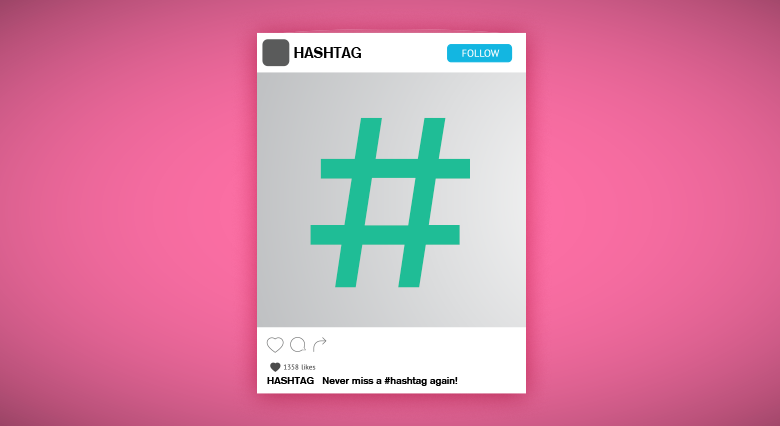
Hashtags are invaluable within Instagram. Many pages have grown due to the correct use of hashtags. But how do you use hashtags to reach more people and build a stronger page?
In this blog a guide to applying hashtags in a perfect way for every kind of page.
What are hashtags?
First things first, what are hashtags. Hashtags are collection tags that can be used to classify certain content within certain categories. On Instagram, hashtags have a dominant function, because they help the user to find certain content. Example: if you are looking for a new winter coat for the winter, you can search #CoatForWinter. Instagram will then show you all the photos posted with the hashtag winter coat. On Instagram, hashtags are therefore collections of content that have similar properties.
Why hashtags are important
Hashtags are important because they give you access to reaching new people. The moment people search for a certain hashtag and your post is at the top of that hashtag, you can reach new people that way. So every post that you use hashtags with, is an opportunity to reach new people. But how do you ensure that you are at the top of hashtags? First of all, hashtags are divided into two sections: the recent posts and the top posts. The recent posts are the newest posts with a certain hashtag. All photos with that hashtag will be listed chronologically with recent posts. The top post lists the best posts of that hashtag. These are the very best photos within that hashtag of the past few days. People always look at top posts when they search for hashtags and that’s why you want your post to be here. To increase this chance you have to take a number of things into account.
A good hashtag strategy in 5 steps
1. Ensure relevance
There are thousands of hashtags on Instagram. So it is extremely important to choose the right hashtags that fit your photo or video. For example, do not use #WinterCoat with a photo of a car. People who search on #WinterCoat do not want to see a photo of a car, they will therefore never click on your photo of the car. Instagram also analyzes all photos with the help of software, so they measure the relevance. If your hashtag is not relevant, the chance that your post will be high in the top posts is very small. Therefore, always choose only relevant hashtags. Watch each photo carefully and add relevant hashtags. So don’t blindly copy your hashtag list, as this lowers the chances of ranking high within hashtags.
2. Use branded hashtags
Using your own branded hashtag is a good idea if you’re a brand or company. By using your own hashtag you create an association between your brand and your hashtags. In addition, it also ensures recognition and is an extra ‘interaction’ with your brand name. This way your brand name will stay in your head better. Your own hashtag also ensures a collection of all your content. Not only the photos that you post yourself but also the photos of customers who use your hashtag. If potential customers want to see photos of your product, they can do this by searching your branded hashtag.
3. Avoid over-sized hashtags
One hashtag is more popular than the other, it’s good to know how many photos and videos a particular hashtag has. A hashtag with 10 million photos is much larger than a hashtag with 1000 photos. The moment you use very large hashtags, your photos will simply disappear between all other photos. Every second, so many new photos are uploaded under that hashtag that your post is actually not visible. In addition, it is much more difficult to become the top post for large hashtags, because there is so much competition. Therefore avoid too large hashtags, try to use hashtags smaller than 5 million photos. The best strategy is to divide hashtags into groups, 3 small hashtags, 3 medium, 3 large. If your photo is very good now, then you do not miss the opportunity to get to ‘top post’ within a large hashtag. You can use the schedule below:
- 3 small hashtags 0-50,000 posts
- 3 medium hashtags 50,000 – 500,000 posts
- 3 large hashtags 500,000 – 5,000,000 posts
- 2 branded hashtags
This scheme ensures that your hashtags drip from small to large. Namely, if your post scores well in the small hashtags, you increase the chances of getting higher in the next category.
4. Don’t use too many hashtags
You can use a maximum of 30 hashtags per photo from Instagram. Many people and Instagram experts say that you should use all 30 because this ensures the largest reach you would think. However, the opposite is true, 2019 was the anti-spam year for Instagram. This means that they did everything against spam within the Instagram community, including hashtag spam. Users who use 30 hashtags will be ‘punished’ by Instagram because Instagram believes that the chance that a photo falls under 30 categories is small and that this user only uses hashtags for personal purposes and not for improved user experience. Hashtags serve to make the search for certain content easier for the users. Use around 11 hashtags for your photo, this will ensure Instagram will not punish you for hashtag spam. After many tests, 11 has turned out to be the sweet spot for hashtags. If you use many more, Instagram will reduce your reach. This means that your photo will be shown to fewer users.
5. Always avoid banned hashtags
Also within Instagram, there are hashtags that have been banned. If you use these hashtags, Instagram will immediately punish you and significantly reduce the reach of that post. Fewer users will see that photo. Banned hashtags are tags that can be offensive. There are currently 114,000 banned hashtags within Instagram. NEVER use banned hashtags, in the past Instagram has permanently blocked accounts for this. They do this because these accounts used banned hashtags under multiple photos. Always first check whether the hashtag you want to use has been banned, you do this by looking up your hashtag in the search bar. If the hashtag is banned you will not see the tag in the search results, however, this may not always be the case. If the hashtag is among the search results, click on the hashtag.




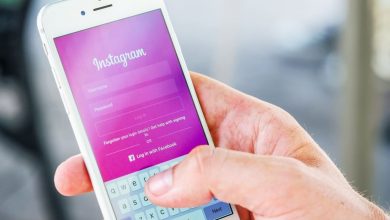
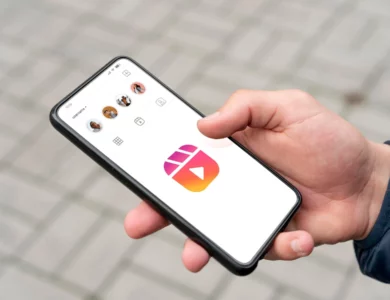
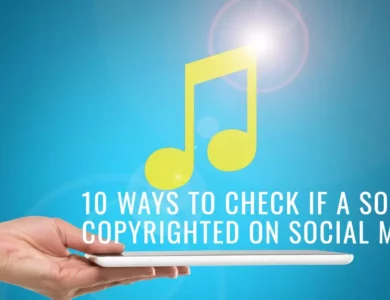
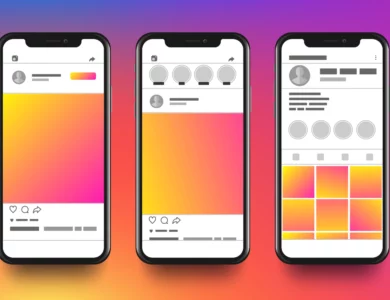
Thank you for this valuable information!! Simply I want to say that your article is very helpful, it is very clear.
This page truly has all the info I needed about this subject and didn’t
know who to ask.
Keep up the good work!!
Thank you very much because in this article I have got the information that I want to take.
Thank you very much because in this article I have got the information that I want to take.